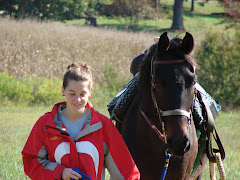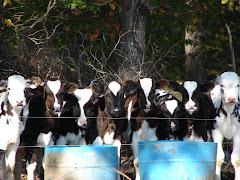
The Rough-Face Girl:
Setting: An Algonquin tribal village on Lake Ontario, in Canada.
Characters: The Rough Face Girl, the invisible being, the cold hearted sisters, father, invisible being’s sister. These characters were a little more different than the traditional tale I was use to. Throughout the whole story she had a father and there was no step mother. This could be in the culture because the only thing I cold find on it is that the tribe is very close like a family; they might not get divorced and or remarried. Also like in most Cinderella stories the man that the Cinderella marries is more wealthy and has much more to offer, which is what the invisible spirit did, gave her fine things and restored her beauty.
Cultural markers: I loved all of the cultural markers in this story there were wigwams, nature pictures, moccasins, buckskin dresses, Jewlry, beaded clothing. I think that all of these things are a big part of who the Algonquin people are. There are roughly 8,000 Algonquin Indians left in Canada today. The French are the first to call this tribe Algonquin it is believed that they were trying to say elehgumoqik, which means “our allies.” The tribe is believes in the afterlife and are firm believers in witch craft. Their clothes and shelter all came from trees or animal skins. They were very one with nature. The present of spirits and nature is a huge theme in this story.

Smoky Mountain Rose an Appalachian Cinderella:
Setting: Smokey Mountains
Characters: Rose, the trapper, Seb, Liza, Gertie, Annie. This story had more of the traditional type characters with the cold hearted step mother and two step daughters with a rich man to marry.
Cultural Markers: language is the biggest cultural marker in this story. The dialect in the heart of the Appalachians is distantly different than mainstream American English. This story by Alan Schroeder does a great job depicting such dialect. The way it’s written and the phrases used are typical Appalachia dialect. Many of these backwood folks are thought to be uneducated; this is due to the extended time it took to get schools in some of these areas. The Appalachians are the second largest mountain system in North America, this accounts for the underdeveloped lifestyle that most think of when thinking of the Appalachians. Roads were nearly impossible to make easy. They had to follow gorges or river systems and valleys, making them much longer and generally more dangerous. Family values are extremely important in this area. It started form the 1700’s when Daniel Boone first traveled across the mountains searching for a path to the old west (Ohio, Kentucky…). Few people inhabited the mountains so families were few and far between, you had to obey and help your family because there was no one else around. I think this Cinderella story does a good hob of showing this especially at the end when rose doesn’t disregard her evil step sisters and loves them just the same. The outfits in this story are typical of the mountain regions; overalls and country dresses, lace up boots. They are all practical to work in.












